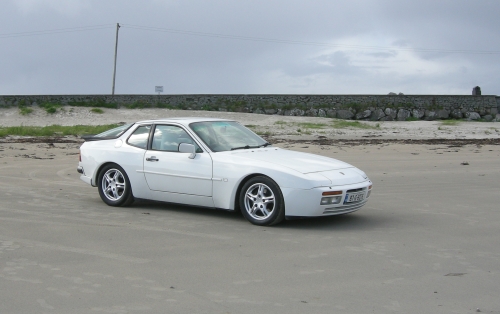ORIGINAL: 944 man
If anyone sees me sprinting over the next year or two with 15" Fuchs and spray-on tyres, then youll know why.....
it would look like a roller-skate though ;D
ive probably said before but i inherited a lowered bmw e34 with 17s on it. it handled well overall but the poor thing hit the bump stops a number of times becasue of potholes; despite this it almost took off once (during a spirited drive on a yompy country road) and landed fine, so the suspension was correctly weighted, but it was a pothole that eventially broke the front suspension.
I had read that 15s were the best for handling but as it has the 17s on and it looked cool i kept em.
With the 944 im keeping the 15" teledials for the moment, i'd consider 16" cups for the look. 17 upwards without revised suspension is asking for trouble (imho). As others have said its what the car was designed to run on.










